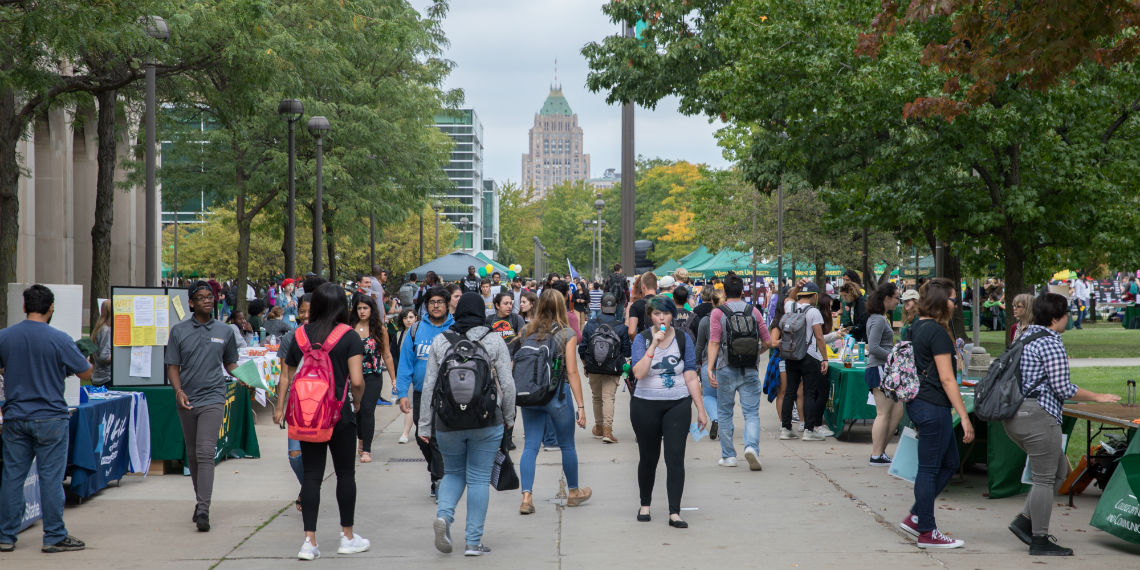This is an excerpt from a column I wrote for Dome Magazine.
The nation’s higher education system is in crisis and that trauma has dragged down few states as dramatically as Michigan. Like colleges across the U.S., our state’s 15 public universities suffer from falling enrollment, declining state funding, high tuition rates, exploding student debt and cutbacks in curriculum. When high dropout rates are added to the equation, few states are in such dire shape as Michigan.
Among the countless statistics that measure states’ education prowess, one in particular should stand out for Michiganders: Our state ranks 44th in the nation in per-resident support for higher education. In 2001, Michigan ranked 20th.
That shocking downfall is accompanied by dropout rates that indicate many Michigan universities come up short of expectations for their students. Research conducted by the New York Times and the Urban Institute found that some schools fall 25 to 30 percentage points below where their graduation rates should be.
The detailed study made an apples-to-apples comparison of schools by looking at student demographics that typically determine college completion: Race, gender, age, family income, SAT test scores and other data. They came up with “expected graduation rates” vs. actual grad statistics for nearly 400 universities and colleges across the nation.
Michigan schools can’t match their peers
In Michigan, schools that fell below expectations included Wayne State, Western Michigan, Eastern Michigan, Oakland and Saginaw Valley. Those five had mediocre graduation rates ranging from 50-67 percent, based on the most current figures. To be clear, the research offered a generous definition of college completion by including all those students who graduated within a 6-year period of initial enrollment, rather than the typical four years.
The state’s graduation rates could certainly slide further over the next several years as most colleges suffer from budgetary difficulties that have led to increases in part-time faculty and larger class sizes. According to Bridge Magazine, Lake Superior State chopped its bachelor degree offerings by 27 percent from the 2016 school year to 2017. At Central Michigan, similar reductions have hit home as the university suffered an 18 percent decline in enrollment over the past five years.
Overall, just four universities have seen enrollments rise at least 1 percent over the past decade, and combined state funding for the 15 public universities dropped by 12 percent, when adjusted for inflation, in the past nine years. This year’s budget fights in the state Capitol led to an agreement between the Republican Legislature and Democratic Gov. Gretchen Whitmer for a funding increase of less than 1 percent – another step backward compared to the cost of living.
Continue reading here.



